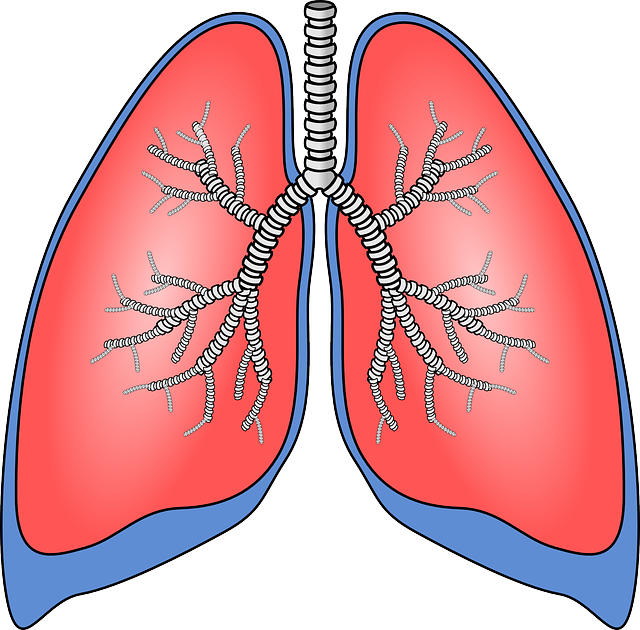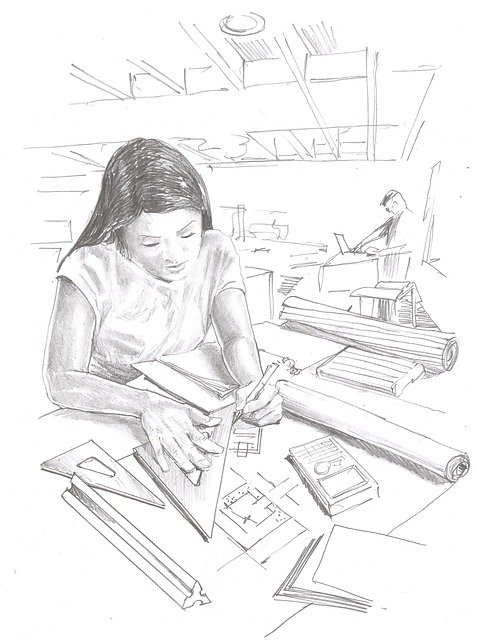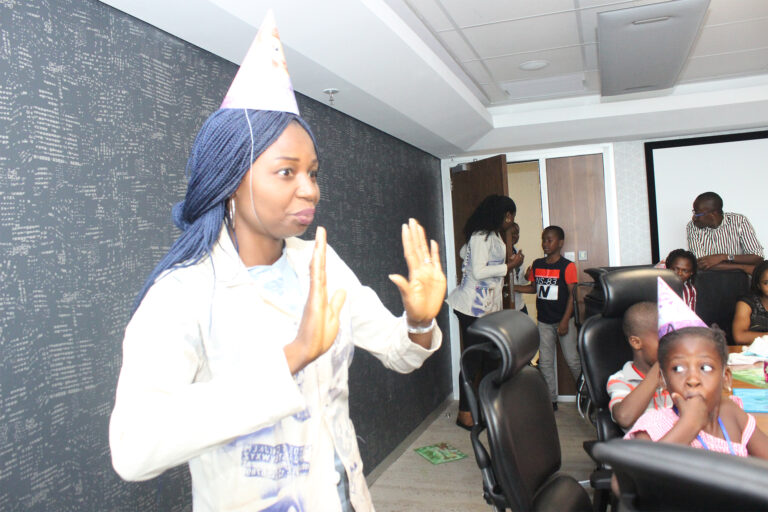
Organs are the body’s recognizable structures that perform specific functions. An organ is made of several types of tissue and therefore several types of cells.
The human body contains five organs that are considered vital for survival. They are the heart, brain, kidneys, liver, and lungs.
If any of the five vital organs stops functioning, the death of the organism is imminent without medical intervention.
Human lungs
The two lungs are located on either side of the upper chest. Their main function is exchanging oxygen and carbon dioxide with the blood. We can also say the function of the lungs is to oxygenate blood. The lungs lie either side of the mediastinum, within the thoracic cavity. Each lung is surrounded by a pleural cavity, which is formed by the visceral and parietal pleura
The shape of the heart
The lungs are roughly cone shaped, with an apex, base, three surfaces and three borders. The left lung is slightly smaller than the right – this is due to the presence of the heart.
Importance of the lungs
We take more than 6 million breath per year; the lungs affect every aspect of our bodies and health, though help still is required from structures outside of the lungs in order to breathe properly. To breathe, we use the muscle of the diaphragm, the intercostal muscles (between the ribs), the muscles of the abdomen, and sometimes even muscles in the neck.
The lungs are like bellows. As they expand, air is sucked in for oxygen. As they compress, the exchanged carbon dioxide waste is pushed back out during exhalation.
When air enters the nose or mouth, it travels down the trachea, also called the windpipe. After this, it reaches a section called the carina. At the carina, the windpipe splits into two, creating two mainstem bronchi. One leads to the left lung and the other to the right lung.
How to make a model of human lungs



As the heart is important the lungs are also important. The heart and the lungs work closely and are connected.
The heart and lungs work together to make sure the body has the oxygen-rich blood it needs to function properly.
- The Pulmonary Loop; The right side of the heart picks up the oxygen-poor blood from the body and moves it to the lungs for cleaning and re-oxygenating.
- The Systemic Loop; Once the blood is re-oxygenated, the left side of the heart moves the blood throughout the body so that every part receives the oxygen it needs.



